Bob prefers partial squats while Alex feels that his quads work harder while doing a full squat.
Regarding range of motion (ROM), I’ve heard many different and even opposing opinions. The last example comes from Russian video bloggers where each of them wanted to prove their method was the best one. Of course, at the end, each had some arguments as to why he is right.
Mostly, bodybuilders advise a large range of motion for maximum muscle growth.
In my opinion, so long as it fits your needs, it doesn’t matter what others say. Keep going, because the most important thing is to get a result that you can see on your body.
Today, I am keen to share some information about this question. I truly hope that this knowledge could make your exercise performance better, effective and safer.
Studies about ROM effect on muscle size
Arnold Schwarzenegger argued for a full range of motion in one of his famous books about bodybuilding. Was Arnie right and does the full range of motion really help to pump up your muscles more effectively?
I’ve examined information from three different studies.
Seventeen male students followed squat training for 12 weeks. They performed either deep squat (0–120 degree of knee flexion) or shallow squat (0–60 degree of knee flexion). At the conclusion of the study, the researchers compared results between groups. The deep squat group showed greater quad muscle size increase than the shallow squat group by 4 – 7 %. Other performance related indicators were also favored to deep squatters.
Now, let’s look at how a short and long range of motion impacts on bicep size.
Young men were randomly assigned to a full or partial range of motion group. They worked out two times a week for 10 weeks performing bicep curls exercise. After 10 weeks, muscle size and strength were tested. The long range of motion group increased their bicep size by 9.7 %, while the partial range of motion group experienced a 7.8% increase. As you can see, there is only a slight difference. One repetition of maximum increase was also favored to the full range of motion group.
The last study reveals to us how a range of motion impacts muscle size and strength for both training and detraining periods. To make things happen, recreationally active participants joined short or long range of motion training groups. Both groups followed leg muscle workouts for 8 weeks and 4 weeks of detraining. This 12-week experiment uncovered very similar results as the previous two studies. The full range of motion group experienced better increase in leg muscle size, strength and even reduced more subcutaneous fat.
Looking at these studies, we can agree with Arnie. Full range of motion has advantages over a partial range of motion for muscle hypertrophy.
However, don’t hurry to make the final decision. As we know, nothing interesting is ever completely one-sided.
Intensity building techniques
When you get stuck at a plateau, you can try out some of the intensity building techniques. One of them is called partial repetitions. In the context of our article, I could describe it as to perform an exercise with a partial range of motion. Predominantly, we practice this technique in strength training.
Shoulder and bench press is one of the examples where you can sometimes use partial repetitions to hit a new weight. It resembles when you push a barbell or dumbbells in an exercise from a mid to finish position. Of course, there are many other ways you can implement this technique. I hope you understand the general idea.
So, if you work for strength training, you can test a partial range of motion and see how it works. Specialized strength training is also very beneficial for those who are focusing only on muscle gains.
Blood flow restriction training
Some call blood flow restriction (BFR) trainings as a cutting-edge technology for muscle building. It expects that you restrict blood flow to the veins, but not the arteries of the target muscle while exercising. For this purpose, practitioners wear specially designed cuffs or wraps and work out with low loads. Some studies show additional muscle gains while using BFR.
Why I’ve started with BFR training short description
I’ve found and even tried another workout method which in some manner imitates BFR training but without wearing any gear. I’ve read about it in Russian bodybuilding online resources. For this reason, I’m not sure about the correct terminology. It’s something like the combination of static and dynamic training.
During this method, you also work out with low load, performing exercises in high-rep ranges. In the context of today’s article, it is very important that you perform all exercises only in a partial range of motion. This helps to create a similar effect on the muscles as during BFR training. Further, it could result in slow twitch muscle fiber growth.
In this case, partial ROM is very useful.
Physical characteristics and ROM
The limb length varies from person to person. Each of us has different physical characteristics. For example, your one gym mate could have a longer upper body whilst the other could be long-legged. It’s normal and we should accept this fact and consider it while exercising.
One could do a full squat with a straight back whilst the other can squat deep enough only with a rounded back. I’ve noticed it many times at the gym. The same problem is with the deadlift and I suppose you could find more examples. Yes, I know sometimes it’s caused by a lack of training experience and flexibility. However, in many cases, it could be due to differences in our physical characteristics. You cannot and don’t need to change your skeleton. If you can’t do an exercise in a proper form with a full range of motion – try partial.
Protect your joints
It can be very difficult to get bulky with pains in your joints or muscles. You can get traumas in the gym under many circumstances. ROM is one of them and plays an important role in preventing or inducing some strains.
One of the very popular topics is about ROM impact on the rotator cuff muscles. You can overload these muscles with exercises which engage the shoulder joint. So, popular exercises, such as a barbell bench press, is one of them. To avoid such injuries, some physical therapists suggest not to do a bench press with a full range of motion. Instead, choose partial ROM.
There are similar recommendations about some shoulder muscle exercises.
Joints always get the highest amount of stress at the start and end of the exercise movement. For this reason, partial ROM is safer.
Don’t get me wrong. I don’t want to say that something is good or bad and you’ll definitely get some injuries. There are also other factors which affect rotator cuff muscles. It is just one opinion you can take into consideration, especially in case of any problems with your shoulders. Many powerlifters and bodybuilders are doing bench presses for lengthy periods without any issues.
I just want to expand your view about how ROM could impact our body from different angles.
To sum up
So long as you want to get bigger muscles, mainly perform exercises with a full range of motion.
However, a partial range of motion is very useful to utilize when you feel discomfort while doing full ROM. This could be due to your physical characteristics or previous injuries. There also exist some very interesting workout methods, which could be done using only a partial ROM.
Do you prefer full or partial ROM?
Reference
- Effect of range of motion in heavy load squatting on muscle and tendon adaptations.
- Effect of range of motion on muscle strength and thickness.
- Impact of range of motion during ecologically valid resistance training protocols on muscle size, subcutaneous fat, and strength.
- Статодинамика и статодинамические упражнения.

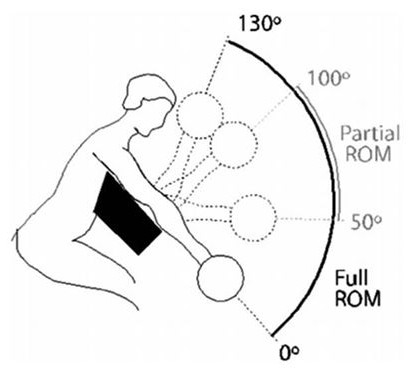
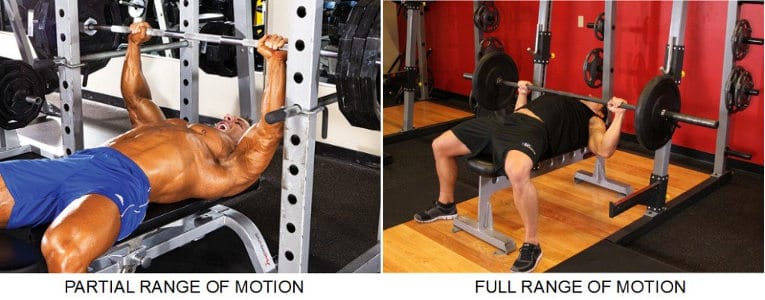
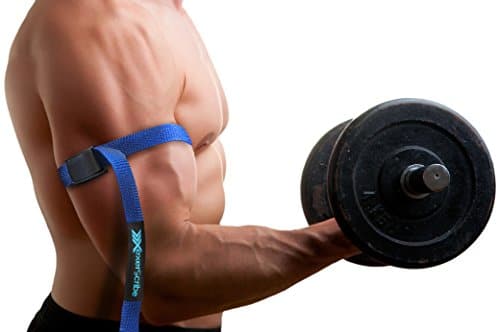
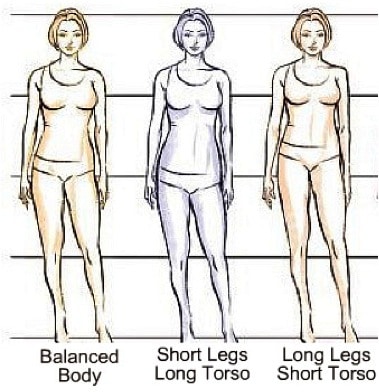

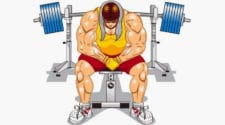

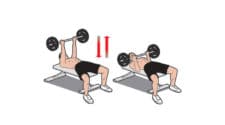
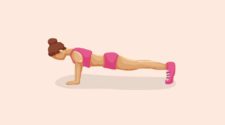


Leave a Reply